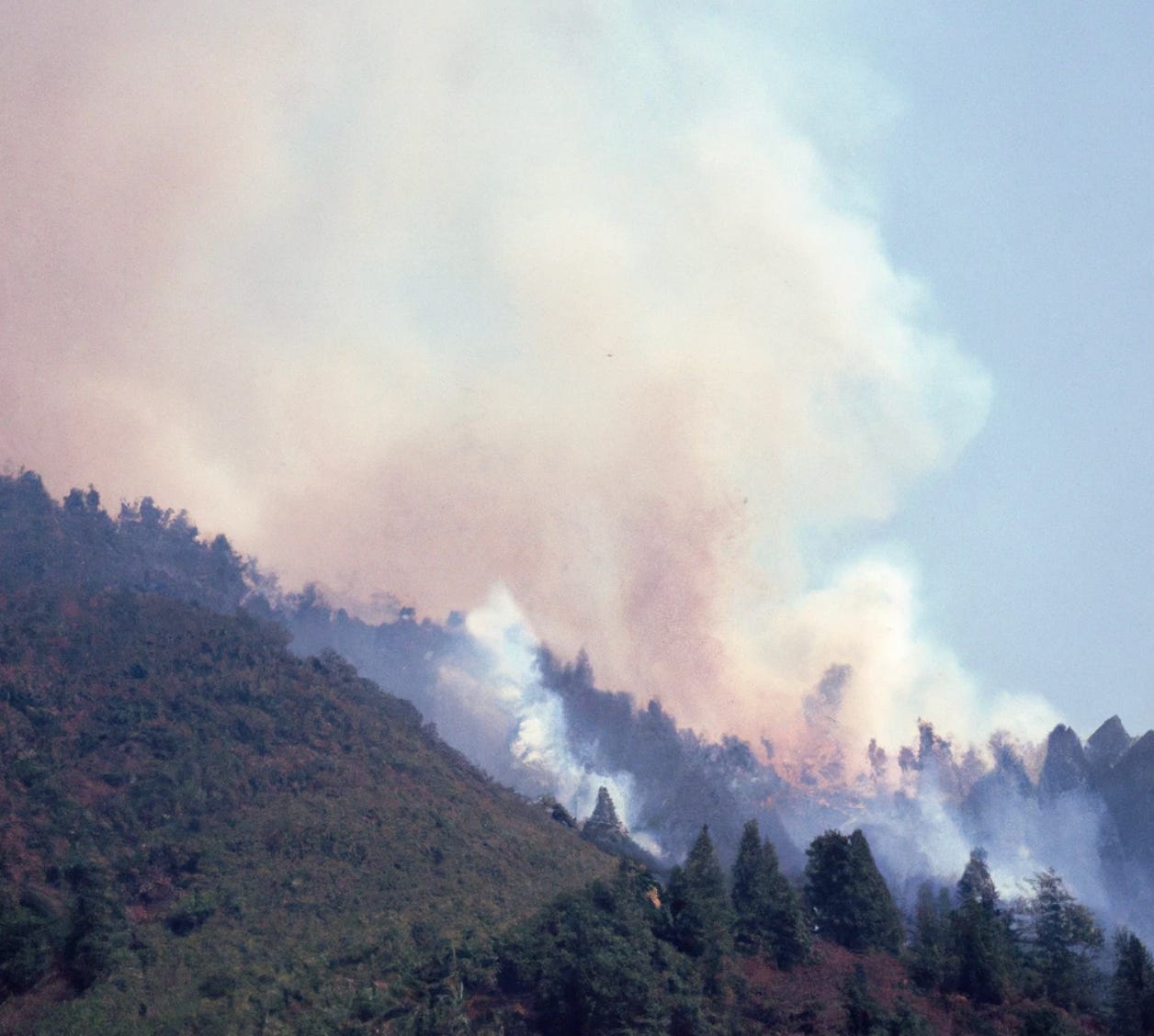Why Insurance Giants like Allstate and State Farm are leaving California Uninsured
In the face of escalating climate risks, insurance companies like Allstate and State Farm are withdrawing from vulnerable areas such as California due to mounting costs.
Stay informed and make informed decisions with Carbon Chronicle's comprehensive resources, including breaking news and articles, a Carbon Pricing Dashboard, and tools such as the Battery Policies and Incentives Search, Carbon Glossary, Vehicle Emissions Calculators, and US Electricity Sources and Emissions Tool. Check it out at carbonchronicle.com
As climate change intensifies, insurers are making a bold move by withdrawing from vulnerable areas, such as California. The recent decisions of industry giants Allstate and State Farm to cease writing new home policies in the state highlight the escalating costs and risks associated with climate-related events. However, addressing the core issues of climate risk and artificially suppressed insurance rates requires more than strong-arming insurers. California's low home-insurance rates, coupled with the increasing threat of wildfires and floods, exacerbate the challenge of affordable housing and highlight the wider national crisis. To confront these issues, a holistic approach is needed, combining sustainable insurance rates with managed retreat strategies to safeguard communities in the face of climate change.
Escaping the Wildfire Risk
The menace of wildfires has plagued California, leading to significant losses for insurers. Unable to raise premiums adequately to cover costs, companies like Allstate and State Farm have chosen to withdraw from the market. However, forcing insurers back into the homeowners insurance sector fails to address the underlying problems of climate risk and artificially suppressed rates. Despite the inherent dangers, California's home-insurance rates as a percentage of median household income remain lower than other states, creating an affordability paradox. The skyrocketing premiums and stringent construction requirements necessary in high-risk areas further exacerbate the situation, resulting in what has been termed "gentrification by fire."
A Wider Crisis
The challenges faced by California are not unique, as the nationwide trend of NIMBYism hampers the construction of affordable housing near job centers. As a result, individuals seeking affordable homes are pushed toward cheaper exurban areas with the highest disaster risks. This phenomenon is not limited to California alone, as states like Arizona and Texas, which offer job opportunities but face their own climate-related risks, become refuge destinations. Unfortunately, these areas also suffer from insurance crises, with providers either abandoning the market or significantly increasing premiums. Consequently, many individuals are left with limited coverage options, often resorting to costly state-run alternatives that offer inadequate protection and precarious finances.
Potential Solutions
Addressing the insurance crisis requires innovative thinking. One potential solution involves mandating insurers to offer policies covering all potential disasters at the same price throughout a state, effectively pooling the risk and making coverage more affordable. This approach could provide short-term relief by setting sustainable insurance rates that benefit consumers and companies alike. However, this solution fails to address the long-term challenge posed by climate change, rendering certain areas not just uninsurable but uninhabitable. The concept of "managed retreat" emerges as the necessary long-term solution, involving the gradual relocation of populations to safer regions.
A Path to Managed Retreat
Managed retreat, previously associated primarily with coastal communities vulnerable to rising sea levels, is now becoming essential for inland areas as well. Arizona recently took a significant step by limiting development in water-stressed Phoenix exurbs, recognizing the unsustainability of perpetual human settlement in such arid regions. Effectively managing retreat from vulnerable areas without leaving economically vulnerable populations homeless requires a comprehensive approach. It necessitates governmental support, including financial assistance to incentivize homeowners to relocate, alongside nationwide efforts to ensure affordable housing availability in safe regions.
Choosing Our Future
The status quo of insurers incurring significant losses, uncovered damage claims, and the burden falling on the poor and middle class is untenable. As retreat becomes an inevitable reality, the choice lies in how we approach it. An orderly and well-planned managed retreat, driven by a realistic assessment of climate change risks, combined with proactive measures to ensure affordable housing, can protect communities and mitigate the long-term consequences of climate change. By making these choices, we can shape our future, safeguarding the most vulnerable while adapting to the challenges posed by a changing climate.





